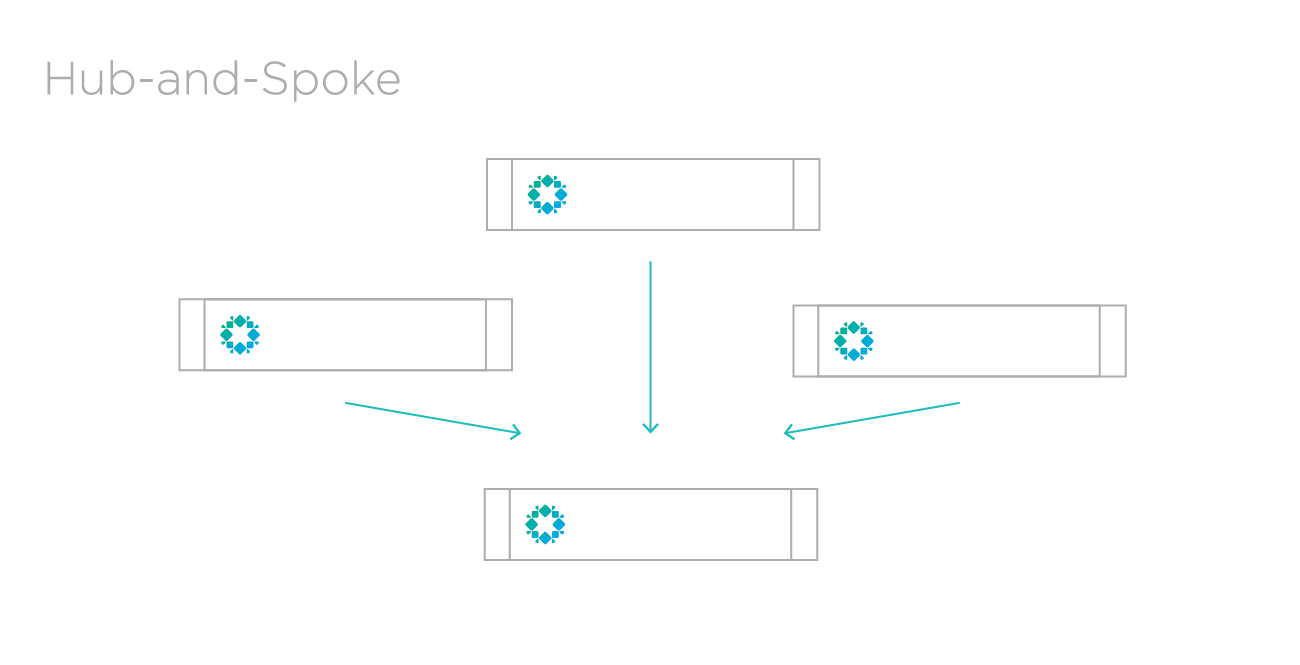Today we announced Rubrik 2.0, which is packed with exciting new features. I’ve been working in the storage industry for the past 16 years, the majority of time spent working on backup and DR solutions for companies. This isn’t my first rodeo–I’ve seen a lot, advised a lot of customers in how to architect their backup and disaster recovery infrastructure. Needless to say, I haven’t been this thrilled for a long time—our engineers are building something truly innovative that will simplify how recovery is done on-site or off-site for the better.
Why is Rubrik Converged Data Management 2.0 so interesting?
Our 2.0 release is anchored by Unlimited Replication. There are no limits to how many snapshot replicas you can have. There is zero impact on your production systems as replication occurs since this isn’t array-based replication. This is asynchronous, deduplicated, masterless, SLA driven replication that can be deployed any way you like, many-to-one, many-to-many, one-to-one, uni-directionally or bi-directionally. In the past, replication has always been engineered with a master-slave architecture in mind because systems have always had an active-passive view of control. Our Converged Data Management platform is fundamentally a distributed architecture that allows you to share nothing, but do everything—each node is a master of its domain. Our engineers apply the same building principles to replication. Hub and spoke? Check. Bi-directional? Check. Dual-hub, multi-spoke, and archived to the cloud. Check! Check! Check!

A key property of Converged Data Management is instant data access. Data is immediately available, regardless of locality, for search and recovery. Using Rubrik for replication allows you to recover directly on the Rubrik appliance since applications can be mounted directly. Files can be found instantly with our Global Real-Time Search. There’s no need to copy files over to another storage system. We’ll give you near-zero RTO.
In this release, we extend our SLA policy engine concept into the realm of replication. You can define near-continuous data replication on a per-VM basis within the same place that backup policies are set. There’s no need to individually manage replication and backup jobs—instead, you’ve freed up your time by managing SLA policies instead of individual replication targets. Once you specify a few parameters, the engine automates schedule execution. For more on managing SLA policies, see Chris Wahl’s Part 1 and Part 2 posts.
No SLA policy is complete without measurement. In 2.0, we’re releasing beautifully simple reporting that helps you validate whether your backup snapshots are successful and whether they’re meeting the defined SLA policies. Our reporting will help you keep an eye on system capacity utilization, growth, and runway—so you’ll never be caught short-handed.
A New Addition to the Family
Finally, we’re welcoming the new r348, our smartest dense machine yet. We’re doubling the capacity within the same 2U form factor, while maintaining the fast, flash-optimized performance for all data operations, from ingest to archival.
Catch Us at VMworld
In less than two weeks, we’ll be at VMworld. Make sure to stop by our Booth 1045 to see a live demo. Arvind “Nitro” Nithrakashyap and Chris Wahl will be leading a breakout session on Wednesday, 9/2 at 10 am and giving away epic Battle of Hoth LEGO sets.
